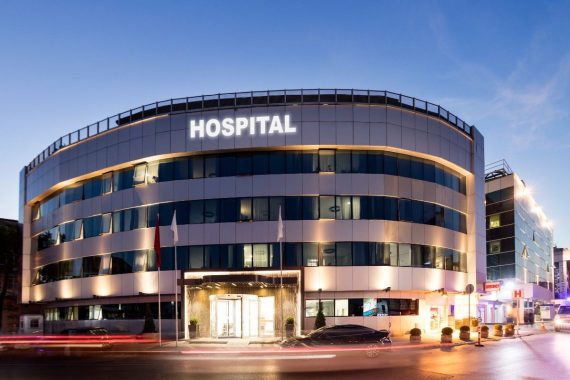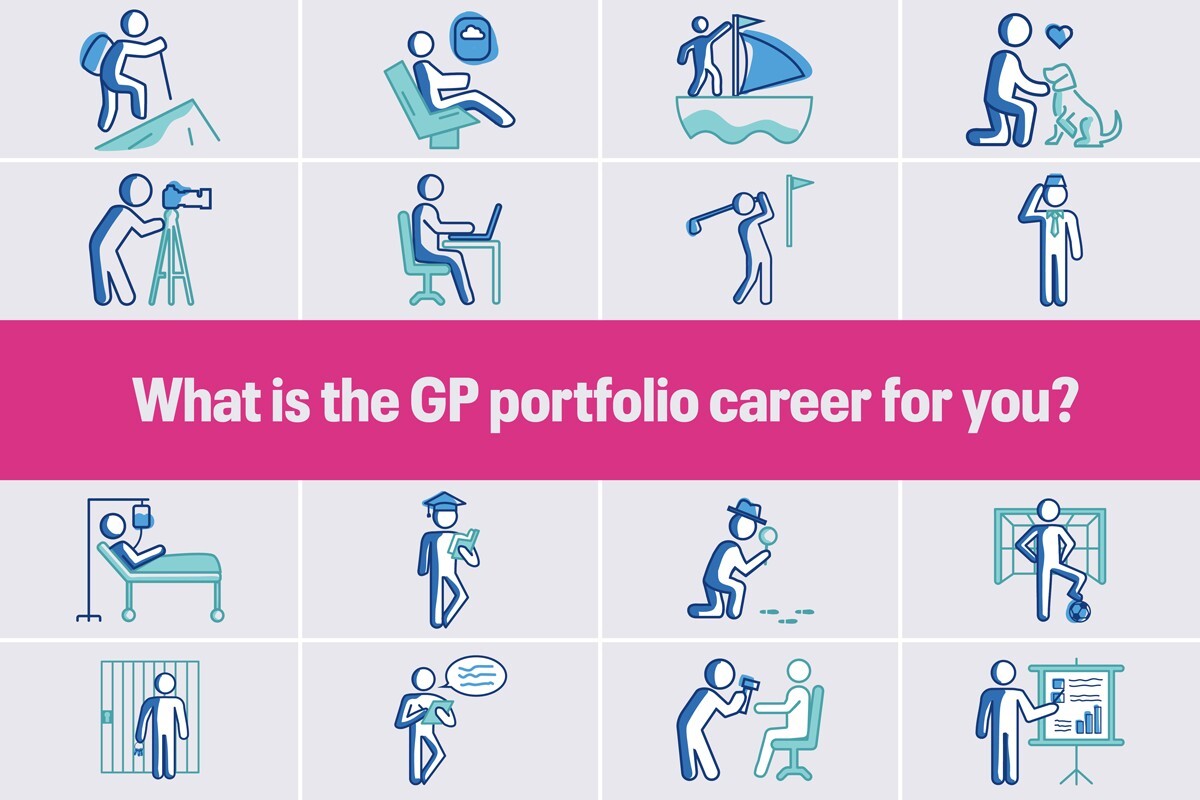Neighbourhood teams could see hospitals bolster struggling GP practices

Councils and acute trusts in London could provide extra support to struggling GP practices in order to avoid the risk of new neighbourhood teams failing.
In a new ‘target operating model’ published by NHS England this week, London’s ICB chiefs and local authorities have set out a plan for the future of a neighbourhood health service in the capital, in response to the Government’s push to shift more care out of hospitals and into the community.
It instructs place-based partnerships – which are set up around London’s 32 boroughs – to each nominate an ‘integrator’ organisation which will coordinate functions such as workforce and technology across multiple ‘integrated neighbourhood teams’ (INTs).
These organisations, which could be community providers, vertically integrated acute trusts or local authorities, will also provide support to ‘elements of the neighbourhood health service in distress’ such as GP practices.
The plan said: ‘This is not about taking over practices or contracts, but ensuring that those that are at risk have access to infrastructure and support to mitigate those risks, and that neighbouring communities can continue to have access to core services as part of INTs.
‘The priorities for this support and the options for practices will be codeveloped further with primary care colleagues as part of the next phase of this work.’
London’s NHS leaders also said the footprints of neighbourhood teams must be ‘defined by recognisable communities’, which in some cases may align with the current set-up of PCNs.
But INTs will ‘not automatically be defined’ by existing PCNs, and those PCNs that do not align with recognisable neighbourhoods will have to ‘re-align’.
The plan said: ‘Where local statutory boundaries, including those of current PCNs, align with such natural communities, the boundaries may be co-terminus.
‘Where boundaries do not align, re-alignment to these footprints or development of local arrangements capable of operating efficiently and effectively across them will be required.’
On estates, the operating plan said place-based partnerships should look at ‘co-location where it makes sense’, suggesting the use of existing neighbourhood ‘hubs’ as ‘venues of shared delivery.
It also suggested that the Additional Roles Reimbursement Scheme (ARRS) staff will help facilitate neighbourhood working, with health leaders planning to work with GPs to ‘maximise the impact of existing resources’ such as the scheme.
Health leaders across London have also been told to implement a ’24/7 “gateway” to neighbourhood teams’ which will include telephone and digital channels as well as support to those presenting in person, including at GP practices.
The plan, which was co-signed by Londonwide LMCs, placed an emphasis on ensuring access to primary care services, arguing that a neighbourhood health service ‘will not be possible’ without it.
It said: ‘An enhanced offer of support to primary care in the context of the neighbourhood health service, is not about attempting to take over contracts or services, mandating specific models of primary care ownership and delivery, or ignoring existing support structures where these are already working well.’
‘However, acknowledging the core role that primary care plays in neighbourhood delivery is also to acknowledge that we cannot proceed with implementing a neighbourhood health service without ensuring that primary care colleagues have access to the right level of support and services, wherever they are based in London, to enable INTs to function and thrive,’ the plan added.
Suggested set-up of neighbourhood teams
Consistent functions
- bringing together primary care, social care, community and mental health services, acute clinicians/specialties, key Voluntary, Community, Faith and Social Enterprise (VCFSE) organisations and population health
- this multidisciplinary team of health and care staff across the INT will mee the majority of demand from the local population, providing coordinated and personalised care, and continuity of care
- these will be consistent functions across all INTs
Aligned functions
- additional specialist input or generalist roles, such as geriatricians who will not sit directly in INTs
- but clear lines of communication need to be established
Tailored functions
- this will vary between each INT to help meet needs of the population, for example with specialists or specific VCFSE providers
- they will require dedicated resource and a consistent presence in each INT
Hyper-local functions
- services such as GP practices or community pharmacies that often serve as a first point of contact for residents
- they need to be reached into/strongly linked with INTs
- there should be clear shared care protocols to enable seamless coordination with INTs
Source: NHS England London region
The Government and NHS England has not yet set out what form ‘neighbourhood health’ will take, despite repeatedly touting it as the future of the NHS. More details on this are expected in the upcoming 10-year plan for health.
NHS England recently revealed that ICBs may hand over some of their existing functions – including ‘primary care operations’ – to new neighbourhood teams, as part of a shake-up intended to achieve a 50% reduction in running costs.
Portfolio careers
What is the right portfolio career for you?

Related Articles
READERS' COMMENTS [2]
Please note, only GPs are permitted to add comments to articles












Will all ‘underemployed’ GPs please seek to become involved in the ‘integrated’ boards as soon as possible please!!!! Make sure there is professional input to how this works.
So in order to ‘move care out of hospitals’, the hospitals are going to step in to bolster GP care???
Make it make sense!!